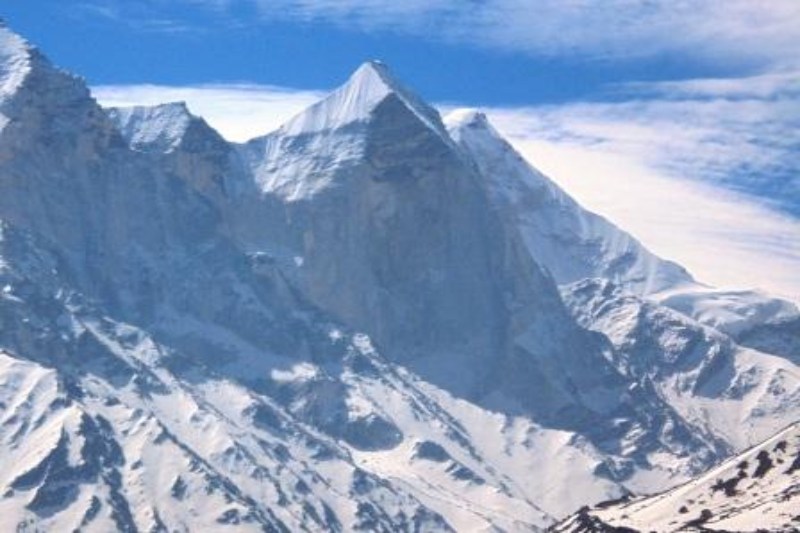Researchers have found evidence that Tibet may be rupturing beneath the rising Himalayas, with fragments of the continental plate peeling off like the lid on a fish can.
New research indicates that the geology beneath the world’s highest mountain range may be even more complex than previously thought. The research was presented at the American Geophysical Union annual meeting and is available online as a pre-peer reviewed pre-print.
The Indian and Eurasian continental tectonic plates are crashing beneath the enormous mountain range, which is why the Himalayas are expanding. Subduction is the process by which the denser oceanic plate moves beneath the lighter continental plate when oceanic and continental plates meet. However, it’s not always easy to forecast which of two similarly dense continental plates will ultimately end up under the other when they collide, as is the case beneath the Himalayas. In fact, geoscientists are still dubious of exactly what’s happening in Tibet.
Others speculate that perhaps deeper portions of the Indian plate are subducting while the upper portions are obstinately wedging themselves against the majority of Tibet. Still others contend that the majority of the Indian plate may simply be sliding beneath the Eurasian plate without delving deeply into the mantle, a process known as underplating.
Related: The lost history of supercontinents is being revealed by diamond fountains that erupt from Earth’s center.
According to the new research, there may be more than one reason for the solution. Evidence of the Indian plate subducting was discovered by the researchers; however, as it does so, it is rupturing and warping, with the upper half peeling away or delaminating.
The researchers looked into seismic waves passing through the crust at the location where the two plates intersect in order to have a better understanding of what’s going below Tibet. Images from these waves that seemed to indicate tears in the Indian plate’s crust slab were rebuilt. According to Science Magazine, there are locations on the Indian plate where the depth reaches 124 miles (200 kilometers). In some, the distance to the bottom of the plate is just 62 miles (100 km), indicating that part of it has already broken off.
The sorts of helium bursting up from the region’s geothermal springs varied, according to earlier research published in the in 2022. Lower amounts of helium-3 are most likely to originate from the crust, whereas helium-3 itself is found in mantle rocks. The researchers identified the boundary where the two plates now meet, which is located just north of the Himalayas, by charting the fluctuations in helium across several springs. The results of these geochemical investigations, according to the researchers, corroborate the idea that an earthquake wave is hinting at a splitting plate.
Though scientists are yet unsure of how deep crust tearing and warping relate to surface stress building, Science reports that the new research may also identify regions along the plate boundary with a higher risk of earthquakes.





